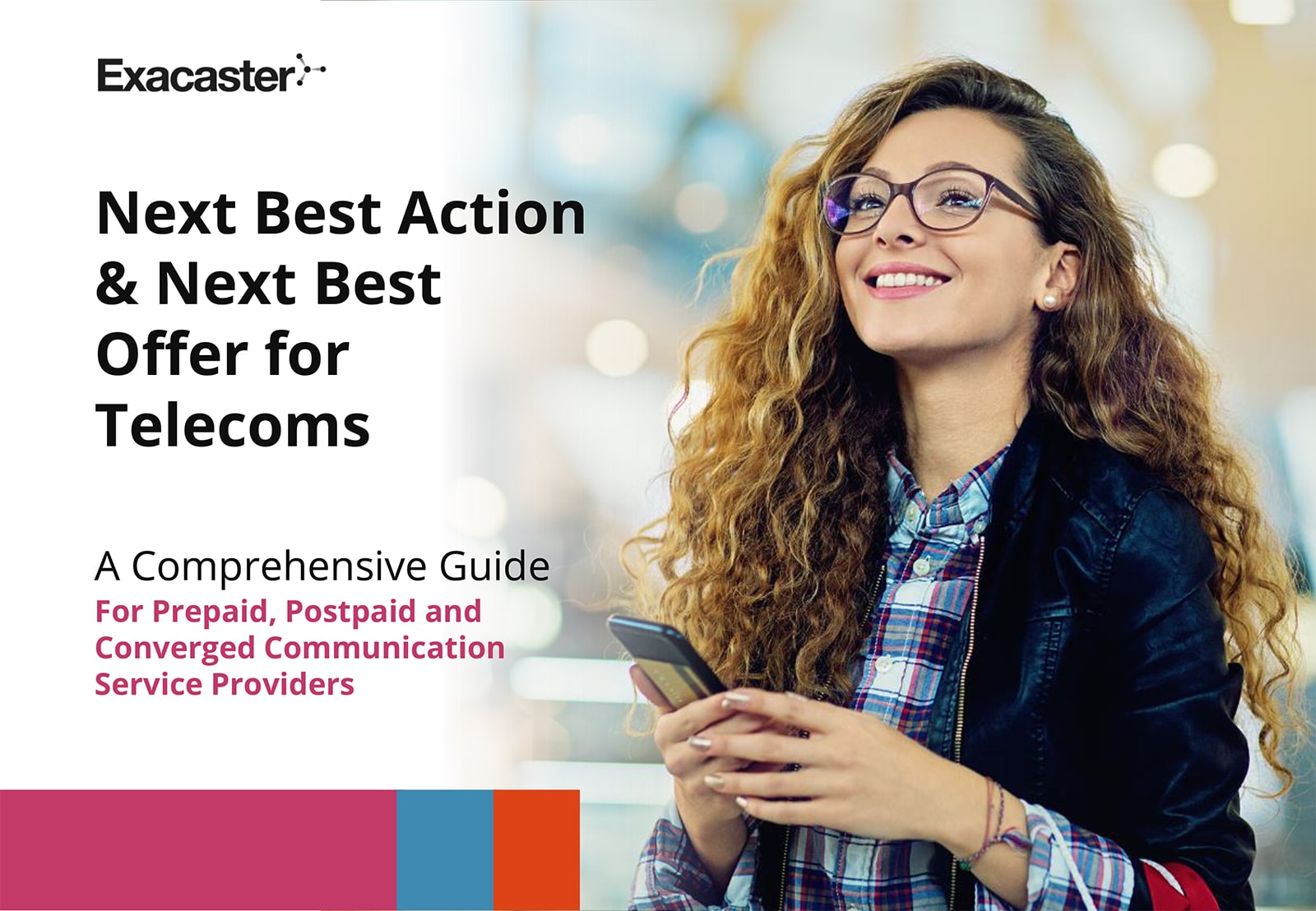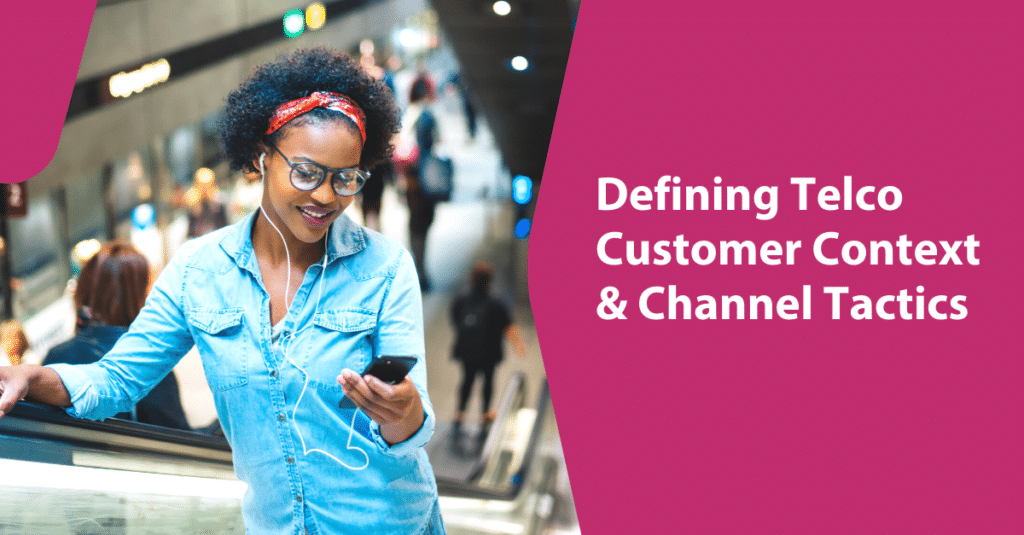Have you heard about the unattainable triangle of price, quality & service? Common wisdom says you can’t have all three at once. Providing the best (customer) service or having a top-notch product often means a higher price for the end user. And vice versa – the best price often comes with a loss of some kind in quality or service. This rule (read more about the theory here) applies to many markets, especially Telco and Retail.
The story of a three-legged chair
Let’s imagine the market of the 3 Norse Mobile Network Providers (Odin, Thor & Loki):
- Odin Networks – He’s the market leader with every possible assortment of services and products. Odin adopted 4G first and is already rolling out 5G. Still, due to being so big, conservative, and corporate, Odin is more formal (less customer friendly) and more expensive.
- Loki Telecommunications – As the market challenger or price leader, Loki is always cheaper than anyone else. It’s great to pay less, but forget about internet in remote locations, refunds with no ask after a bad service experience, or getting special attention when calling support.
- Thor Mobile – Thor is obsessed with customer care. His network service is OK, and his price somewhere in the middle or maybe a bit higher. Thor is perfect if you want the royal treatment while upgrading your phone.
Despite being so different, all three share one thing. All of them say, “It’s all about You, our customer”. Supposedly, they know what you want/need, so they claim things like:
- SUPERFAST INTERNET EVERYWHERE!
- PAY NOTHING!
- FREE BISCUITS, COFFEE AND LEG MASSAGE IN EVERY STORE!!!
How do they emphasize customer centricity? We often hear slogans like: “The customer is always right” or “Passion for clients” or “We speak your language”. Basically, they all say they know what you need.
In the real world, Telco providers are mixed and operators have become increasingly alike, each one like a three-legged chair, but each with a different leg a bit more polished.
The fact that they all know (or at least try to know) what you need or want still stands. If they miss identifying what you need, their NPS score could suffer, or they will see customer churn. So how do they gain such accurate customer insight?
What’s for dinner? Start with Next Best Action.
How about this typical scenario? On your way home from work, you get a message from your SO: “Hey darling, I’m headed to the market. What do you want for dinner?”. You answer, “Nothing in particular, something tasty, surprise me XOXO”.
Hopefully she/he knows you very well… since you crave for that special lasagna.
A similar analogy can be found in the relationship between you and your mobile network provider. If they really care, it’s up to them to decide what to do for you next. Should they make a commercial proposal, allow you to enjoy your new phone, or ask you to update your contact info and marketing preferences to ensure smoother communication?
For Telcos, the NBA (Next Best Action) engine does all the hard lifting for relationship cultivation. It automatically chooses the best action from a variety of options to sell, offer help, or educate the customer. Plus, (this is key) each action is mapped to critical KPIs. It’s not an easy task. Once it’s known what next best action to take, it’s essential to ensure the tactics are relevant and appropriate.
Specific tactics count
Let’s assume your operator already knows that it’s “time for dinner”, that is, it’s time to make you a commercial proposal. Wouldn’t it be great if they didn’t go through the whole menu and just provide exactly what you want, all warm and tasty? What’s the secret to making you a (Next Best) offer that you can’t refuse?
Service and presentation are important, but beforehand, the real work starts in the kitchen. What should be prepared? What products should be selected, and in what order should they be presented?
Providers must figure out what you want (or need). An appetizer to stimulate your hunger? A three course meal? Or is it time for dessert or a cocktail?
Basically, providers need to know whether they should:
- Retain you as a customer who is likely to leave.
- Renew (or prolong) your plan which is about to expire.
- Upsell by upgrading the product you have now.
- Cross-sell by offering you what/need but do not have right now.
How is this accomplished? First, they must evaluate whether the customer meets certain criteria, for example:
| Your Plan Status | Best Action |
| Your plan is way too big and costly, and it’s about to expire. This signals that you might not be happy with the product and might start looking for alternatives. | Retain |
| Your plan is perfect for you (apparently, this happens), but it’s no longer available. | Renew |
| Your plan is way too small (3 GB/month in 2021? Are you joking?). | Upgrade |
| You have unlimited data plans (two!!), just bought a new TV and PS5. Maybe you would like a 1 GB optic internet in your fancy loft? What about an Amazon Prime subscription? | Cross-sell |
Building blocks of NBA/NBO
The Customer Profile and known behavior facts (events) are the keys to building a well-oiled customer segmentation algorithm to power NBA/NBO engines. Let’s look at some common categories related to this.
Segments
Segmentation is a powerful tool for customer base management, and it lays the foundation for NBA/NBO selection. Here are the most common segmentation types:
- Value – groups customers in high, medium, or low-value (monetary) segments.
- Usage – defines whether customer is under/well/over-using their plan allowance (usually data).
- Lifecycle – mostly used for subscription-based customers to define if they are new, on-contract, or close to plan expiry.
- Risk (of churn) – often defined by using other criteria or data models.
Facts/Events
Facts and/or events are more case-specific pieces of data that can trigger an action. A few examples could be:
- Resources used up calls for upsell (of a bigger plan or resource package).
- No usage may indicate that customer is about to (or already did) churn.
- Filed a complaint may require reconsidering the Next Best Action to Customer Service or Technical Service.
Back to the kitchen. Assigning Next Best Offer.
We enjoy being treated with a dish that pleases the eyes and the belly. For a personalized choice though, how does the chef pick the right entry from a five-page menu? It’s all about the context.
Your favorite pub owner will always pour you your favorite pint of beer, even before you ask. Still, depending on when you arrive, she may also pitch that superb duck-leg confit or fish and chips. And 9 times out of 10, she hits the bullseye. How does she do it? Is she is some kind of mind-reader? Actually, it’s not that complicated at all.
Your server knows you well and has already labeled (segmented) you in her head. On top of that, she knows her kitchen well and knows which food tastes best at any given time of day, week, or season. The math is done, and she naturally just makes a move. But how does this work in the Telco market?
Surprise! Your mobile network provider does the same thing as your bartender. An active product catalogue may have tens (or hundreds) of different size, type, and price products, with all of them gathered into product pools created for a specific action (retention, upsell, cross-sell, etc.). Additionally, the pools might even be scenario oriented (like retention – voice plans, retention – voice and data plans, retention with discount, etc.).
If you were targeted correctly, and an offer pool is ready-made for you, it’s pretty straightforward to pick the most suitable offer based on a few business rules (with size and price limits).
The age of Big Data
As you can see, there’s not much difference between how you get treated at your local pub and by your mobile network provider in terms of the offer selection process. However, the tools used are completely different.
Dunbar’s Number suggests that an individual can maintain a stable social relationship with no more than 150 other individuals. Other theories suggest larger numbers, however, it never even gets close to a thousand. So what about the hundreds of thousands, or even millions, of customers using a Telco provider’s service?
No bartender, no matter how smart, could keep track of that many customers. This means providers would need hundreds, or even thousands, of decision-making representatives who all share the same knowledge about all active product catalogues.
Not only would it cost millions, but it would also be nearly impossible to sustain. Inevitably, hundreds of thousands of human errors would occur as well. That’s why more and more companies, especially Telco’s, adopt big data technologies and AI-powered personalization tools to make these processes work, over and over again.
The management of this advanced technology requires only a small group of highly qualified market and product specialists. The result? Every customer receives personalized, contextual, and timely service. Bon appétit!
Meet the author

Petras Šeika is an experienced Project Manager currently driving global initiatives for our international telco client. Petras’ deep knowledge of customer base management in the telco industry provides invaluable insights for Exacaster’s customer management and product development.
What to read next?

Download NBO & NBA eGuide: A step-by-step framework on how to succeed in your process
- The ins and outs of Next Best Offer & Next Best Action
- 6 steps to successful implementation
- How to build a business case for NBA & NBO






